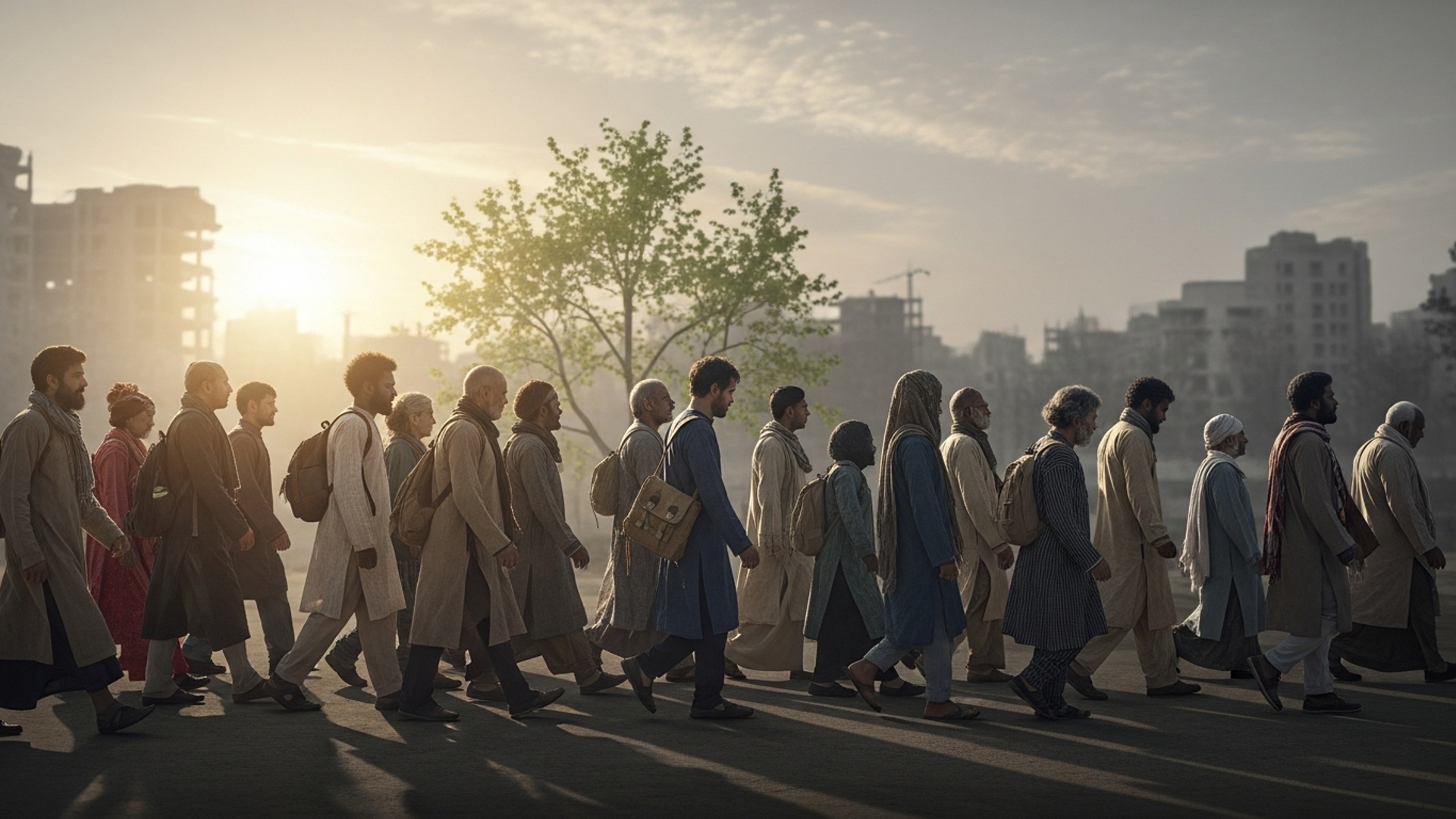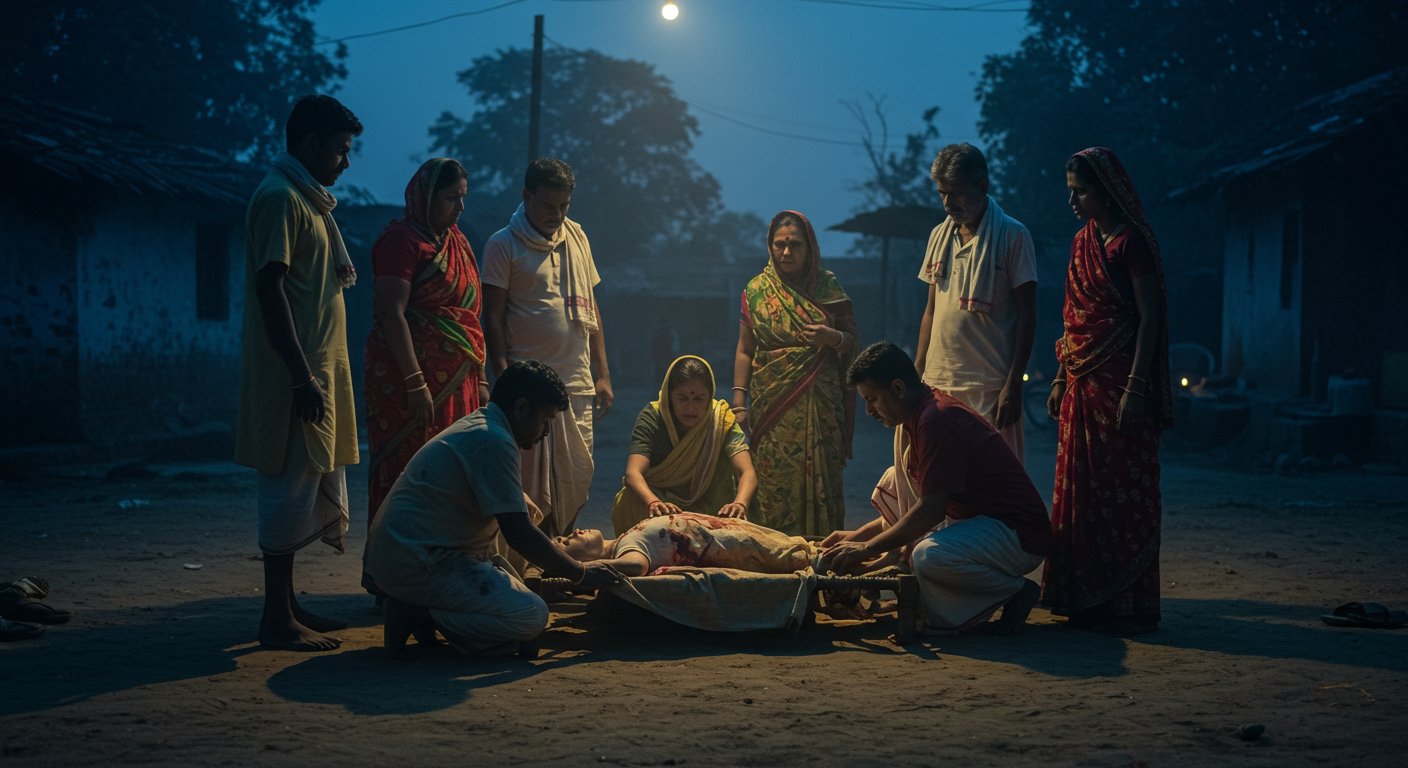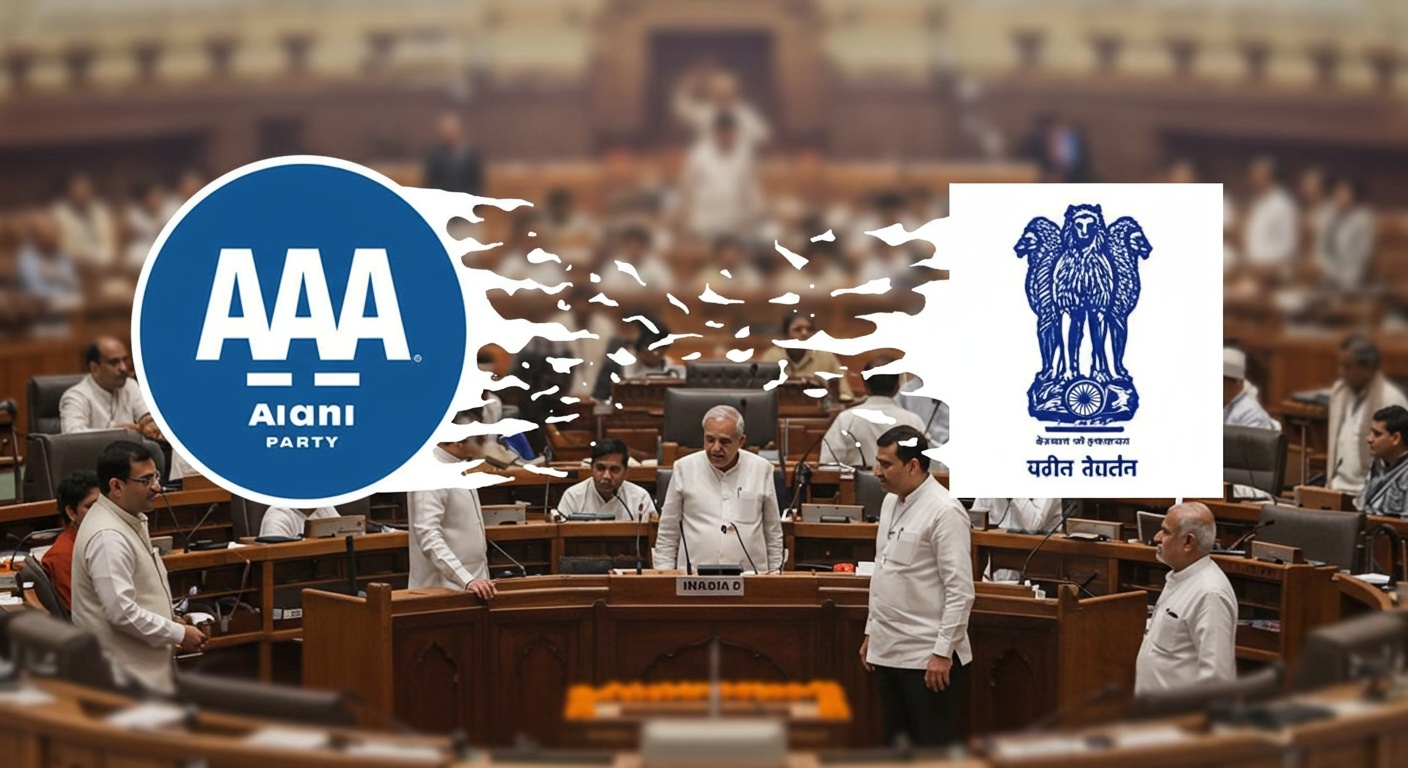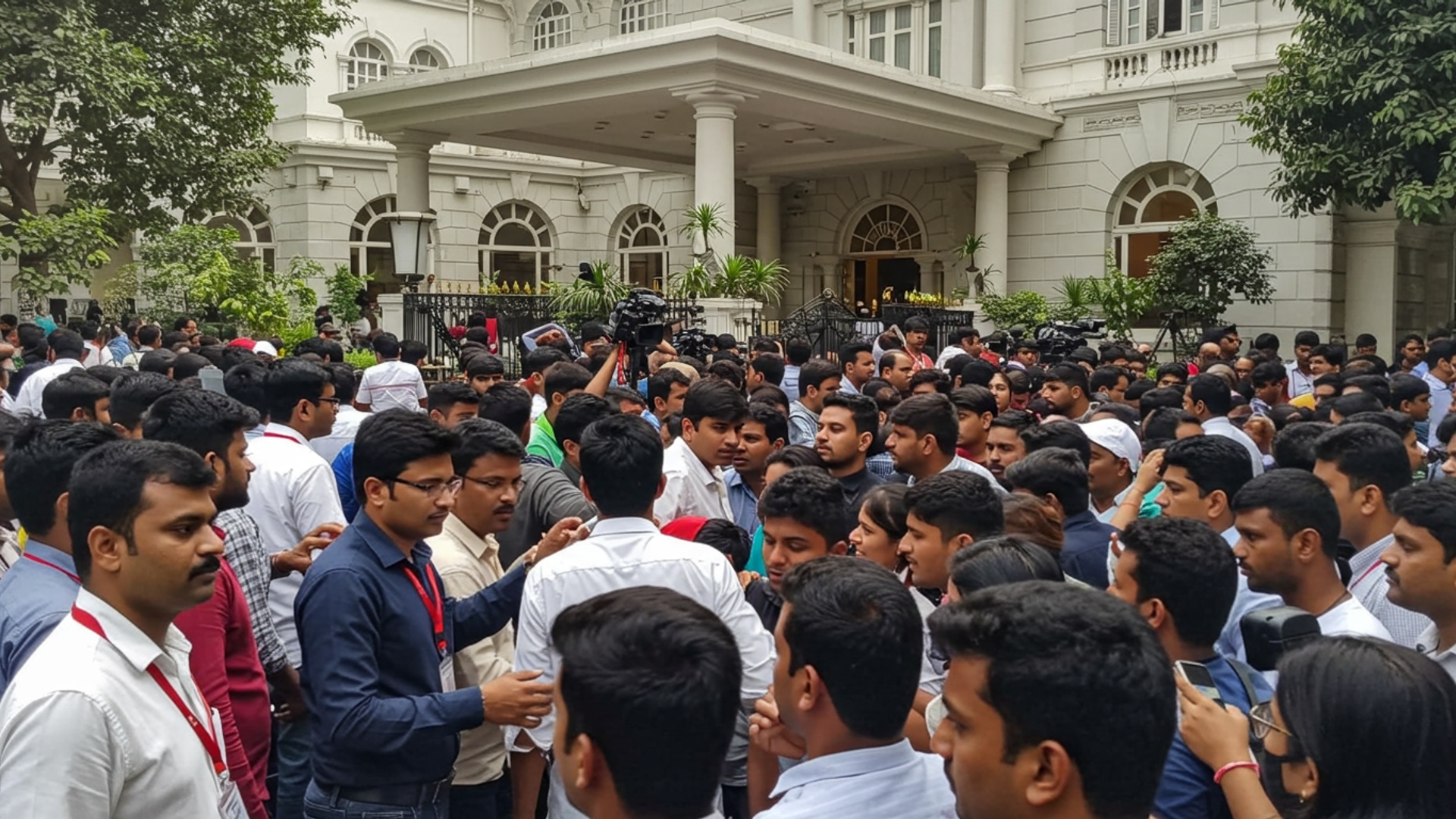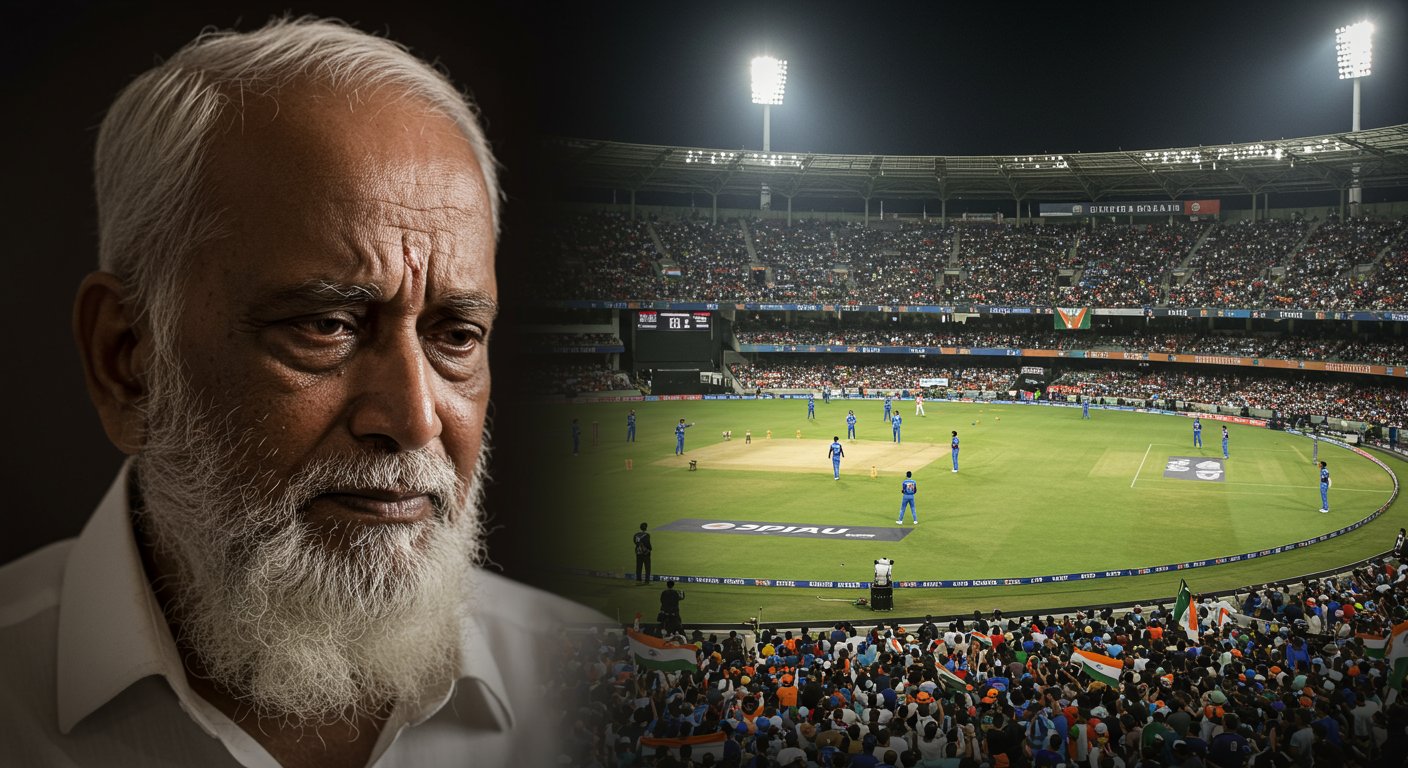Andhra Pradesh faces major changes as the state cabinet meets today, discussing big plans to split existing districts into smaller ones. This urgent meeting follows strong public demands for more manageable administrative units across the state. The government’s decisions, expected soon, could directly affect how services reach citizens and how local power operates, making this a crucial moment for the future of Andhra Pradesh.
Cabinet Focuses on District Borders
The Andhra Pradesh Group of Ministers (GoM) recently held its first meeting to discuss major changes to district names, boundaries. administrative units like mandals and villages. This meeting, which took place on August 13, marks a significant step by the current government to address various issues that arose from a previous district reorganisation. Revenue Minister Anagani Satya Prasad announced the meeting, stating that the GoM was set up specifically to review and find solutions for the problems linked to the earlier reorganisation efforts. The previous restructuring, carried out by the former government, has led to considerable inconvenience for people. This includes long travel distances to district headquarters and disagreements over the names given to newly formed districts. The current discussions aim to correct these issues, ensuring that administrative boundaries better serve the public.
Why Changes Were Made Before
Andhra Pradesh saw a major change in its administrative map in April 2022. The number of districts in the state was doubled from 13 to 26. The government at that time stated that the main reasons for creating these new districts were to make administration better, increase transparency. deliver government welfare programs more smoothly and effectively. The idea was to create smaller administrative units, bringing government services closer to the people. The concept behind this reorganisation was often linked to the state’s parliamentary constituencies, with the aim of having roughly one district for each of the 25 Lok Sabha segments. This was presented as a way to decentralise governance and improve efficiency.
People’s Concerns and Demands
Despite the stated goals of the previous reorganisation, many public concerns and demands for adjustments have emerged. Opposition parties had criticised the 2022 changes as “unscientific” and politically motivated, claiming that public objections and protests were not considered. A primary issue raised by the public is the increased travel distance to reach new district headquarters, which has caused hardship for many residents. There have also been disputes and strong sentiments regarding the naming of some of the newly formed districts. Demands for new districts and changes to existing boundaries are gaining momentum across various regions of the state. For example, people in Tirupati have been pushing for the district to be renamed Sri Balaji District. There are also calls for creating new districts like Madanapalle, Markapur. Adoni. In the Godavari region, tribal communities are asking for a separate Rampachodavaram district. in Srikakulam, there is a proposal for a Palasa district. Residents of Gudur have opposed their merger into the Tirupati district, highlighting a significant increase in travel time to the district headquarters compared to their previous access to Nellore. These demands show a widespread wish for easier administrative access and more focused development funds for their areas.
“The earlier restructuring, conducted without clear guidelines, has caused significant inconvenience to people, particularly in accessing the district headquarters. Also, controversies have emerged over the naming of newly formed districts, prompting widespread demands from the public for revision of names and boundaries,” a statement noted.
Government’s Steps and Timeline
The newly formed Group of Ministers (GoM) has outlined a clear path to address the public demands and review the district structure. The Revenue Minister, Anagani Satya Prasad, has encouraged people and their elected representatives to submit their suggestions or petitions regarding the proposed changes to the GoM. The GoM’s first meeting on August 13 was dedicated to discussing these matters. Looking ahead, the committee has decided to visit the 13 former district headquarters on August 29 and 30. The purpose of these visits is to directly gather feedback from the public and their representatives. The government will continue accepting applications for changes until September 2, giving people sufficient time to provide their input. Following this public consultation, the GoM plans to prepare its final report by September 15. The goal is to complete the entire process of changing district names and borders by the end of December.
Official Views and Expected Benefits
The current government views this review process as essential to correct what it describes as “irregularities” in the district division carried out by the previous government. The focus is on finding a structured approach to naming and boundary adjustments that resolves the problems faced by residents. Officials believe that a proper restructuring, based on public input, will lead to more effective administration and make government services more accessible. The objective is to refine the administrative units to genuinely improve the lives of citizens by reducing travel burdens and addressing local development needs. While social media has seen unconfirmed reports of a potential expansion to 32 districts, officials have stated that no concrete data on this is available yet. clarity is expected after multiple GoM sessions. This structured approach, involving public participation and on-ground assessments, aims to ensure that any future changes reflect the needs and sentiments of the people, fostering better governance across the state. ![]()


